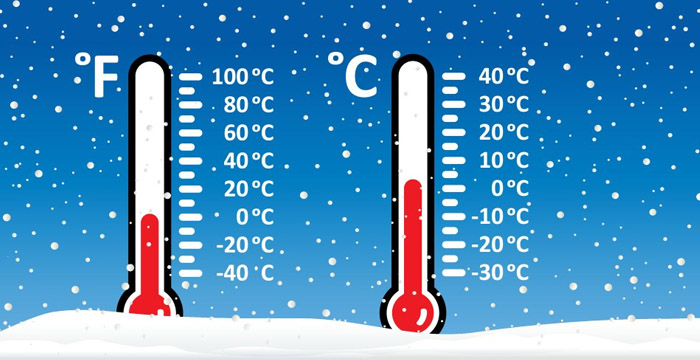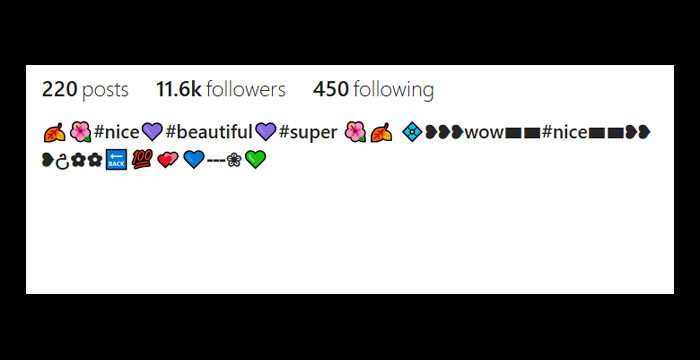Imagine this:
You’re standing outside in a remote part of Canada. The snow crunches under your boots. The wind is sharp. You check your weather app, it says –40°C.
Now imagine you're in the middle of North Dakota, same time of year, same kind of cold. You glance at a different app, this one shows –40°F.
Thousands of kilometres apart. Two different temperature systems.
But you’re both feeling the same thing.

Two Scales. One Temperature.
Most of the time, Celsius and Fahrenheit don’t get along.
They’re different systems, designed in different eras, used by different parts of the world. In everyday life, they rarely say the same thing.
But at exactly minus 40, they do something unusual.
They agree.
That means:
- If someone says it’s –40 in Celsius, and you say it’s –40 in Fahrenheit…
- You’re both right.
- You’re both freezing.
- And it’s equally brutal in both places.
What –40 Feels Like (If You’ve Never Been There)
–40 isn’t just cold — it’s unforgiving.
You don’t walk around casually in that weather. You prepare. You layer. You watch your breath turn to mist instantly. Your eyelashes freeze. Phones die quickly. Time outdoors becomes a countdown.
This is not the kind of cold you “get used to.”
It’s the kind that stops your day.
Why Does This Happen?

Every system has one strange point of alignment. In music, it’s when two chords clash into harmony. In temperatures, it’s –40.
The reason is simple: Celsius and Fahrenheit rise and fall at different rates. But their paths cross exactly once. And that one moment is right here, minus 40.
Why It Counts More Than You Think
Knowing this isn’t just trivia. It has real-life uses:
- You see -40 in a foreign weather report? No translation needed.
- You’re working with teams overseas? You speak the same temperature at –40.
- You hear “minus 40” from someone and don’t ask, ‘C or F?’ because it doesn’t matter.
It’s one of those rare moments in science where differences disappear.
Where one number means the same thing to everyone.
What to Take With You
Next time you hear someone say, “It’s minus 40,” don’t ask what unit they mean.
Just nod. You already know.
It’s cold. It’s harsh. It’s shared.
And in a world split between Celsius and Fahrenheit, -40 is a reminder that some extremes feel the same everywhere.
Post Comment
Be the first to post comment!



